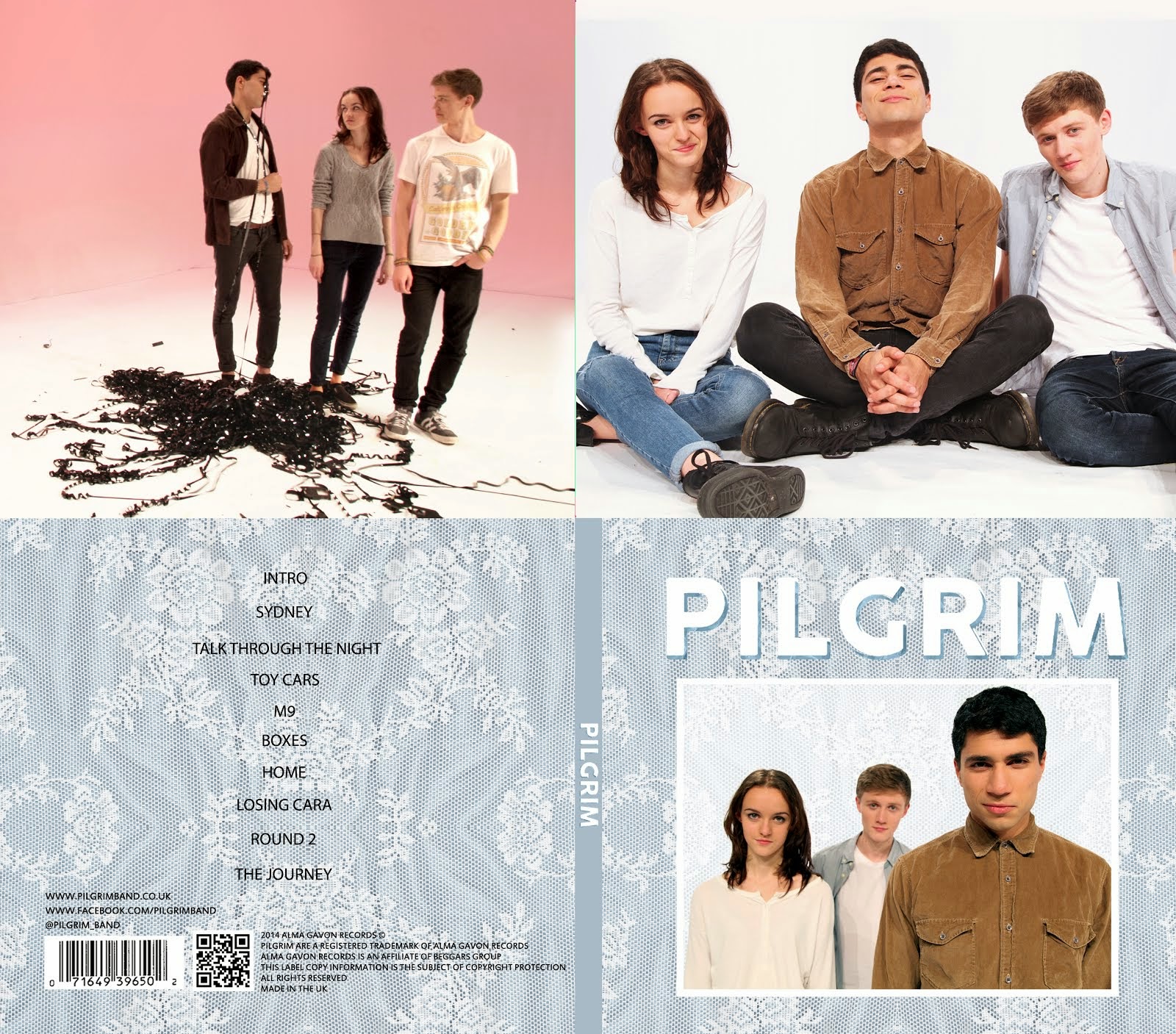 |
 |
It is evident that the top end of the albums and singles charts are male-dominated, with the only female artists being Lilly Wood, Taylor Swift and Iggy Azalea. This suggests that male artists may be currently more popular amongst mainstream music consumers, and that there may be a gap for female artists and, more likely, female bands. The majority of the artists and bands above are of the rock genre or of the pop (loose term) genre. This suggests there could be a gap for indie rock or indie folk band.
As you can see in the singles and album sales by genre in 2013, the top 3 genres for both categories are rock, pop and dance. This suggests that there is a big gap as well as a wide audience for possible hybrid genres or sub-genres of these 3 genres, such as indie-rock or pop-punk.
Another thing I have noticed from the album charts is how stationary some of the albums are, such as Kate Bush's 'The Whole Story' (174 weeks) and Bob Marley & the Wailers' 'Legend' (873 weeks). Whilst the top of the album charts may be new music, there is plenty of very old music further down that will stay there for several years possibly. On the contrary, the singles charts features entirely new music, with the longest stayer in the charts is Pharrell Williams' 'Happy' (43 weeks). This suggests that singles are more representative of the current trends in the modern music scene, whereas albums are perhaps a representation of previous trends also and gives a wider picture of the music scene in the UK over the years.




No comments:
Post a Comment